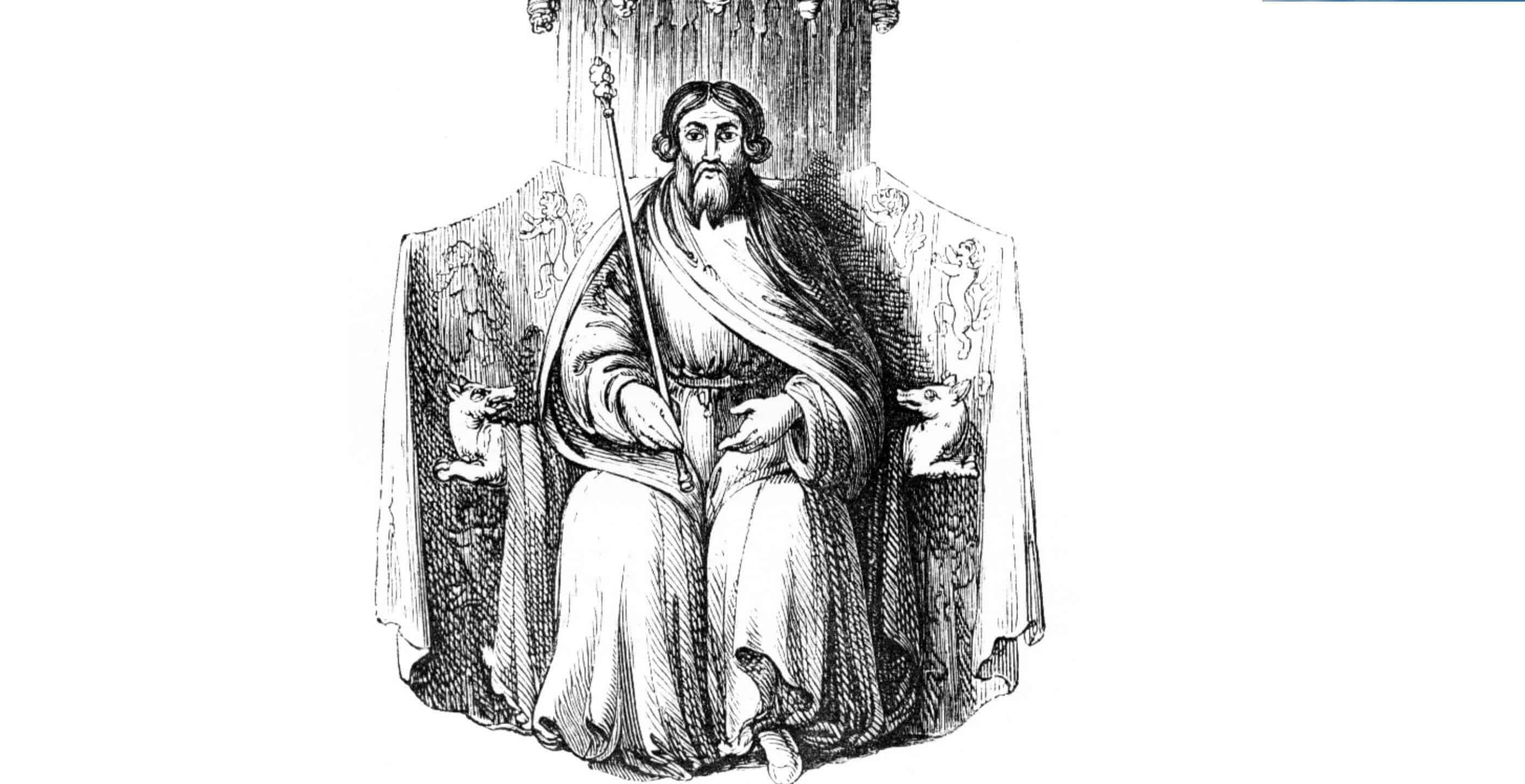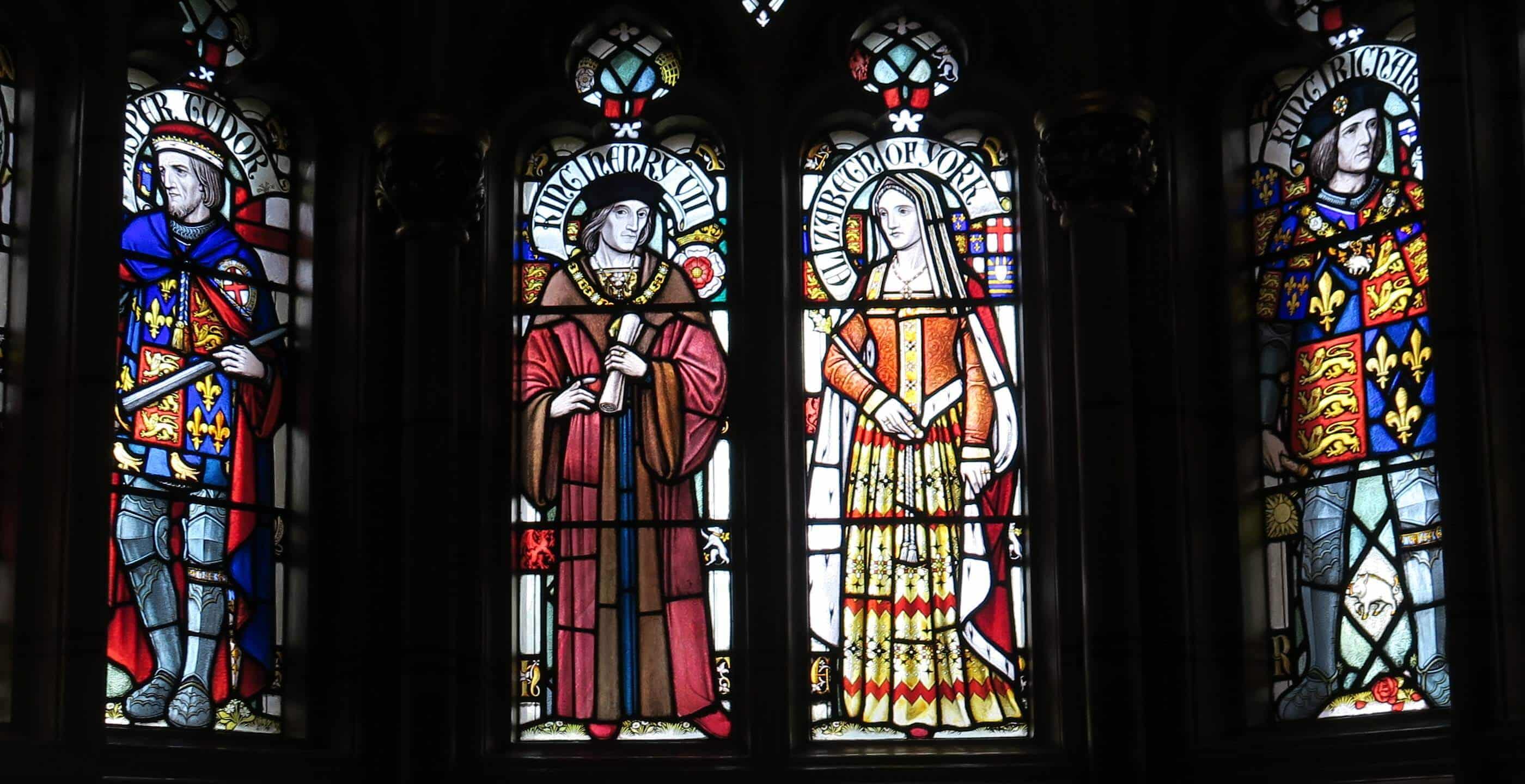The deposing of King Richard II led to massive instability throughout the country. The former king had a large number of supporters, even though his practice of exiling his enemies and perceived traitors had led to sizeable discontent. However, when Henry Bolingbroke took the throne and crowned himself Henry IV, there was relatively little opposition in England. The same couldn’t be said for Wales.
Part of the issue was that Henry needed to repay his supporters, and when a judgment in a relatively small land dispute between Baron Reginald Grey de Ruthyn and Owain Glyndŵr was overturned, it sparked an uprising.
The lack of support from the new king meant Glyndŵr took matters to his own hands. If the king couldn’t enforce the laws and treat people fairly, he’d have to do it himself.
Rebellion loomed, and thus began the Glyndŵr Uprising…
The Battle
The battle itself took place around 20 miles northeast of Aberystwyth in the Cambrian Mountains. A force of around 1,500 English settlers, supported by Flemish mercenaries, travelled up from Pembrokeshire and Ceredigion to find and destroy Glyndŵr’s men.
It’s possible that Glyndŵr gradually retreated into the mountains so that the English troops would be fatigued. The Welsh were mostly archers on hill ponies, well-suited to the mountainous terrain, whereas the English troops consisted of infantry and heavy cavalry, who were better suited to smashing densely packed formations on more even ground. Glyndŵr also had a sizeable contingent of foot archers, who would prove vital.
It’s unlikely that Glyndŵr would have been unaware of the approach of the English forces: 1,500 men tend to make a lot of noise, and their campfires would have been highly visible. Suggestions that the English ambushed the Welsh are unlikely, especially given that those troops tended to be less mobile.
Given the presence of multiple grave sites, it seems likely that the engagement happened in two or three parts, with hit-and-run strikes being used and archers peppering the English infantry from a distance. The marshy terrain likely bogged down the English troops as well, which meant the heavy cavalry were useless. The English troops eventually broke and ran under the relentless assault.
What Happened Next?
The English settlers retreated with around 200 casualties and many more captured. Given the substantial disparity in forces, this was a major victory for Owain Glyndŵr, and it proved to be a key recruiting tool as it showed that the English could be defeated.
Shortly after the battle, Henry IV led a retaliatory strike on Strata Florida Abbey in Ceredigion, but he was soon forced to retreat.
Glyndŵr would go on to win the Battle of Bryn Glas in 1402, and then be crowned Prince of Wales in 1404.
Key Facts
| Date: | June 1401 |
| War: | Glyndŵr Uprising |
| Location: | Mynydd Hyddgen, Ceredigion |
| Belligerents: | England and Wales |
| Victors: | Wales |
| Numbers: | England: 1,500 troops |
| Wales: 120 to 500 troops | |
| Casualties: | England: Approximately 200 |
| Wales: Less than 50 | |
| Commanders: | England: Unknown |
| Wales: Owain Glyndŵr |





